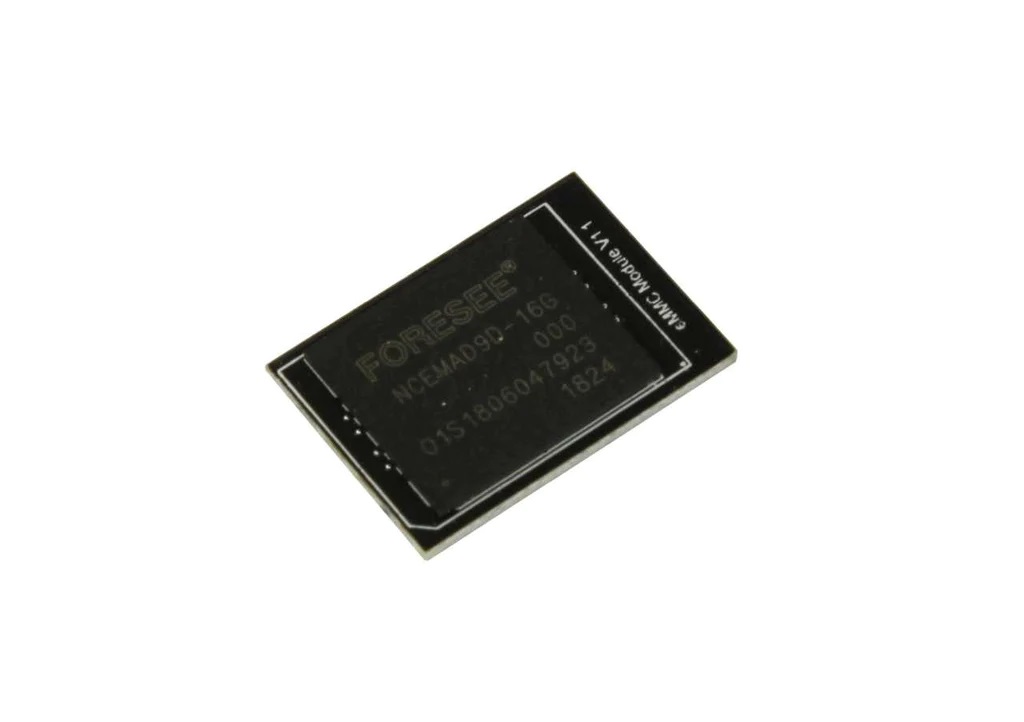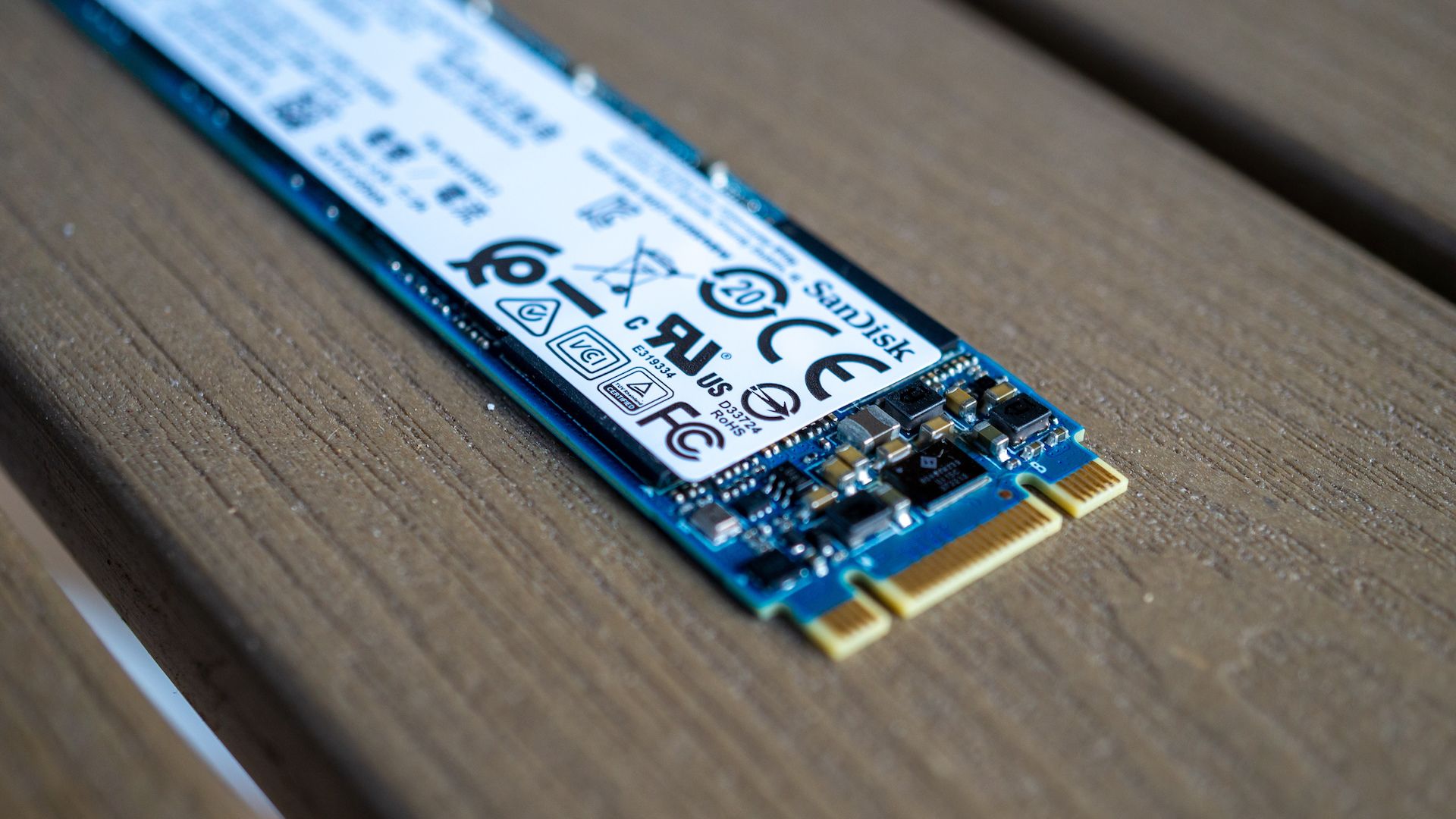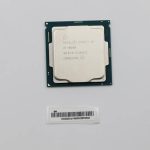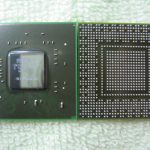In the realm of personal technology, storage solutions are critical for defining the performance and user experience of gadgets like laptops, tablets, and compact desktops. Two common types of storage widely used in consumer electronics are Embedded MultiMediaCard (eMMC) and Solid State Drives (SSD). While both serve as non-volatile memory to store your system’s OS, applications, and personal data, they differ remarkably in terms of speed, durability, capacity, and price. Understanding these differences is key to making an informed decision that aligns with your needs and budget constraints. This article will compare eMMC and SSD, providing insights into their respective strengths and suitability for different tech gadgets.
Understanding eMMC and SSD
What is eMMC?
eMMC is a type of flash storage typically found in lower-cost devices like budget smartphones, tablets, and entry-level laptops. Its structure integrates the memory and controller into a small package, which is then soldered directly onto the device’s motherboard. eMMCs are known for their compact size, energy efficiency, and affordability. They generally offer satisfactory performance for basic computing requirements and are most common in devices where space constraints and cost are critical considerations.
What is SSD?
SSDs, on the other hand, are more advanced storage solutions that use NAND flash memory but are significantly faster than eMMCs. They come in various form factors, such as 2.5-inch, M.2, and mSATA, and can either be built into a system’s motherboard similarly to eMMC or act as a removable component. SSDs deliver superior read and write speeds, making them ideal for intensive tasks and quicker boot times. They are preferred for performance-centric gadgets such as high-end laptops, desktops, and gaming consoles.

Performance and Speed
eMMC Speed Benchmarks
eMMC storage, while serviceable for many everyday tasks, falls behind when it comes to data transfer speeds. It is suitable for lighter workloads and can handle day-to-day tasks reasonably well. However, for activities involving large file transfers or running multiple apps simultaneously, an eMMC’s performance might not be adequate. Users with modest storage needs and a preference for browsing, media consumption, or document editing may find eMMC acceptable.
SSD Speed Advantages
In contrast, SSDs dominate in performance with significantly higher data transfer speeds. They excel in environments that demand quick response times and high data throughput, such as loading software, transferring large data files, or editing videos. This speed advantage of SSDs over eMMCs is most noticeable in system boot-up times and application launch speeds, areas where swift read capabilities are essential. For professionals or power users, the performance boost that SSDs offer can be well worth the additional investment.

Durability and Lifespan
eMMC Longevity
eMMC storage has its limitations in terms of durability due to its nature as a soldered component; it cannot be easily replaced or upgraded if it fails or becomes inadequate for the user’s needs. Moreover, eMMC memory cells have a finite number of write cycles, after which they begin to deteriorate, inevitably reducing the device’s lifespan.
SSD Reliability
SSDs generally provide greater longevity and are designed to handle a larger number of read/write operations over their lifespan. They incorporate wear-leveling algorithms that distribute the data load evenly across memory cells, extending the overall endurance. Additionally, the fact that many SSDs can be replaced or supplemented with additional drives means that not only is the storage more durable than eMMC, it also contributes to the device’s upgradability and repairability.

Capacity and Cost
eMMC Affordability
When it comes to capacity, eMMC storage typically offers less space than SSDs. It’s common to find eMMC options ranging from 32GB to 256GB, which can be a limiting factor for users with substantial digital storage needs. However, the smaller capacity of eMMCs comes with the benefit of a lower cost. Devices with eMMC are more affordable and represent a cost-effective choice for users with minimal storage requirements.
SSD Storage Options
In comparison, SSDs are available in a much broader range of capacities, some extending well beyond 1TB. This makes them suitable for storing large quantities of data like games, software, and multimedia files. Naturally, the price for SSDs increases with their capacity and speed, positioning them at a higher cost bracket compared to eMMCs. They provide value for money due to their overall performance and durability, justifying the higher price point for users seeking top-tier storage solutions.

Data Security and Storage Flexibility
Secure Data Management
When considering data security, SSDs often provide additional features that are appealing to those concerned with safeguarding their information. Many SSD models come with built-in encryption capabilities, making it harder for unauthorized users to access the data without the correct encryption key. This level of security is beneficial for both personal users who store sensitive information and businesses that must protect confidential data.
Storage Scalability
One aspect where SSDs distinctively outperform eMMCs is in their flexibility and scalability of storage. With eMMC, you’re essentially stuck with the storage capacity your device comes with, due to its integration into the device’s motherboard. On the other hand, SSDs allow for easier upgrades or additions. Users can replace an existing SSD with a larger one or add another SSD if their motherboard supports it. This flexibility makes SSD-equipped devices more adaptable to growing storage needs.

Environmental Considerations
Energy Efficiency and Heat Production
eMMC and SSDs also differ in their environmental impact, particularly in terms of energy consumption and heat production. eMMCs are generally more energy-efficient due to their simpler structure and lower operational speeds, which also means they generate less heat during operation. This efficiency makes devices with eMMC storage ideal for users who prioritize battery life.
SSDs and Environmental Impact
SSDs may consume more power and generate more heat than eMMCs. However, they offer increased performance and efficiency. This can lead to less time spent on power-intensive tasks. The durability and longevity of SSDs contribute to reducing electronic waste. Users are less likely to frequently replace their storage device or entire gadget. From an ecological perspective, the higher initial energy use of SSDs might be offset. Their longer operational lifespan and reduced waste can compensate for the initial energy consumption.
Choosing between eMMC and SSD storage options boils down to balancing performance demands against budget constraints, with considerations of future needs, data security, environmental impact, and device longevity. For casual users engaged in everyday tasks, eMMC offers a cost-effective solution that meets basic storage requirements. Power users and professionals often seek higher performance. They also look for flexibility in their devices. These users might justify the investment in SSD storage. SSDs are valued for their speed and capacity. They also offer upgrade possibilities. Understanding these storage differences is important. It helps consumers make informed decisions. These decisions are tailored to their specific needs. Informed choices ensure satisfaction with tech gadgets over time.


